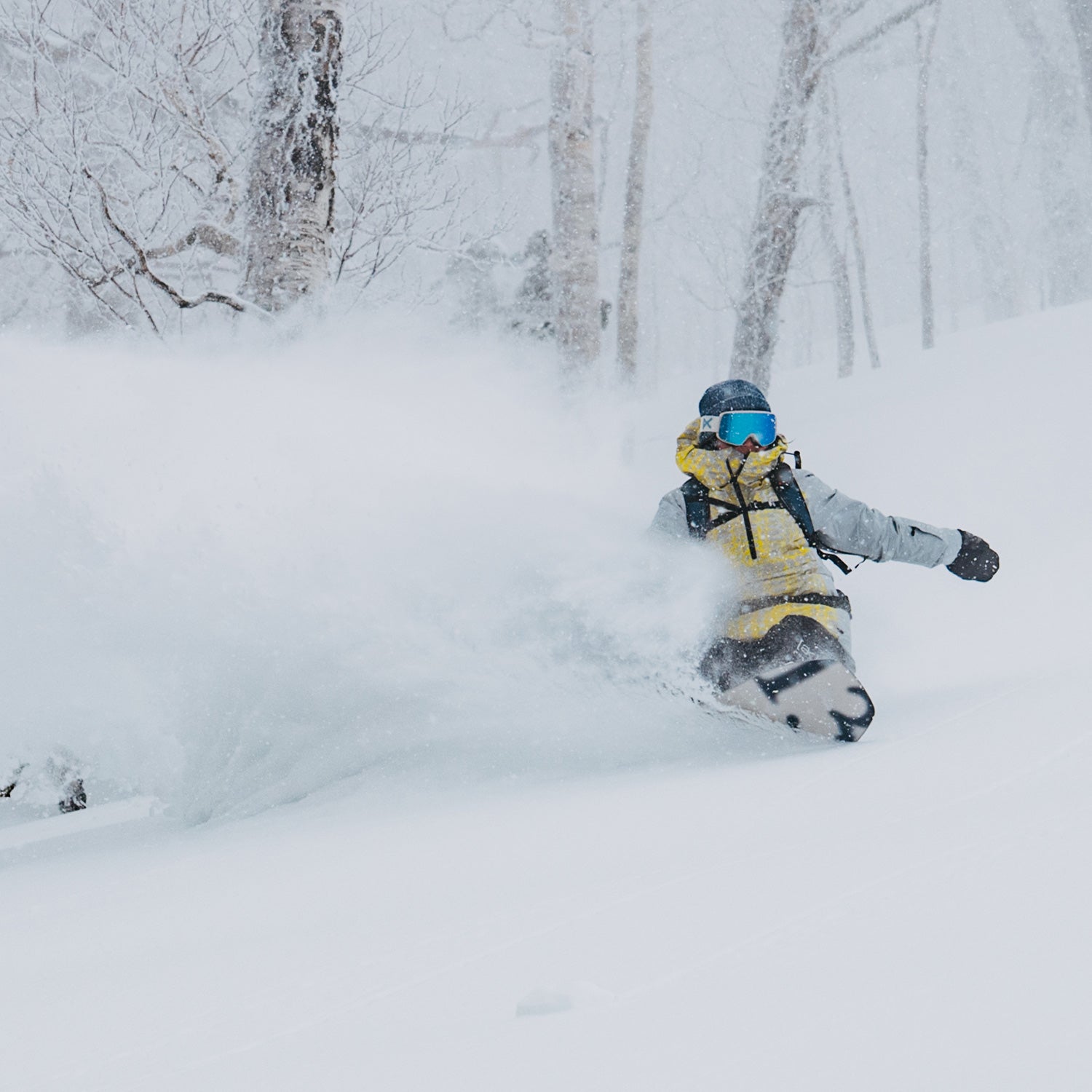Parts of a Helmet
Shell - The helmet's hard, protective surface usually made of ABS plastic, polycarbonate plastic, fiberglass composite, or carbon fiber. Shells are commonly built in 2 ways;
Hybrid hard-shell - Two separate shells are created (one made of ABS & the other using EPS) and are fitted together for dual-layered protection
In-molded - a slightly thinner ABS shell is injected with EPS foam. The 2 then fuse together and create a seamless, lightweight helmet
Foam - A helmet's interior is most commonly made out of EPS foam. Expanded Polystyrene is rigid, closed-cell foam made from small polystyrene beads. It's lightweight, shock-absorbent, and a good thermal insulator.
Lining - Textiles found inside helmets should be comfortable, warm, breathable & hypoallergenic. Common fabrics include polyester, fleece, cotton& nylon. Advanced fabrics boast a variety of qualities including anti-microbial, anti-odor, anti-static, and moisture-wicking ability.
Shop Ski Helmets >
Shop Snowboard Helmets >
Features
Adjustable Fit - Modular padding, air cushioning, Boa, or dial systems allow the wearer to make slight changes to how the helmet fits. A great feature for growing kids or frigid days that require wearing a helmet liner.
Goggle Clip - A snap-closure or rigid clasp in the back that secures your goggle strap to the outside of your helmet.
Chin Strap - Adjustable, strong nylon straps with clip closures that fasten beneath your chin & keep your helmet from flying off your head. Look for brushed fleece or tricot covered covers to avoid skin abrasion or irritation on your chin/neck.
Vents - Open channels in the shell & EPS foam that allow for ventilation & airflow. Can be static, individually adjusted or a venting system.
Safety Certification
Ski & snowboard helmets are unlike those used for other sports; they're designed to withstand multiple impacts and need to perform in much colder temperatures. Be confident in your choice of protective gear-- look for helmets that meet ASTM, Snelland/or CEN standards. All 3 organizations perform their own combination of impact, strength retention, penetration, stability, and rotational force resistance tests. Every helmet in the US should have ASTM (American Society of Testing Materials International) certification. A helmet can also be CEN-certified (Central European Norm) overseas or on the rare occasion it meets the highest standards in the industry, approved by the Snell Memorial Foundation as well.
Fit
If a helmet doesn't fit properly, it won't be able to protect you. To make sure you choose the right size, measure the circumference of your head just above your eyebrows. Once you've found one in your size, try it on by putting your forehead into the helmet first. If the back hits lower than your hairline, try a size smaller. Move your head up & down-if it slides down past your eyebrows, it's too big. Also shake your head side to side; the helmet should stay put & move with you. A good fit won't slide or block vision, and all interior padding will be snug against your head.
Most helmet manufacturers also offer a range of goggles ensuring an optimized fit and seamless compatibility. If you don't want to stay brand-specific, make sure to try your helmet & goggles on before making a decision. Goggles shouldn't overlap the sides of your helmet or leave parts of your forehead exposed. If you prefer to wear goggles beneath your helmet, check to see that the pads inside can accommodate the strap




Leave a comment
This site is protected by hCaptcha and the hCaptcha Privacy Policy and Terms of Service apply.